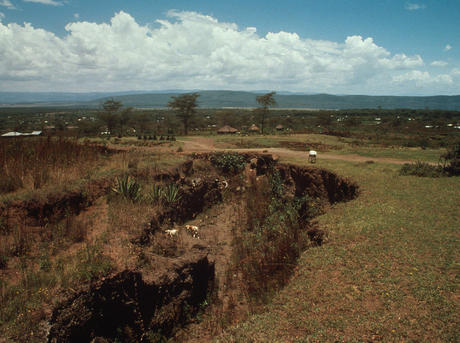Single use plastic anything (shopping bags, water bottles, straws) are something frequently brought up when it comes to the topic of environmental issues. The production as well as the disposal of these products create a myriad of issues for our climate. To stop these issues, many places throughout the country have created bans on such products.
In my town, Great Barrington, plastic shopping bags were officially banned in 2016. The town adapted easily to this change. Most locals now bring their own reusable shopping bags, and paper bags are available for purchase at many stores. This seemed to be a great and easy solution to a widespread problem.

However, with recent events, the cleanliness and safety of almost everything is now being called into question. With the coronavirus outbreak, it is very important for us to be preventing the spread of germs and keeping to ourselves as much as possible. However, one of the few places that are much harder to stay away from is grocery stores. It is inevitable that people need to eat, which is why grocery stores are one of the few “essential businesses” that are allowed to continue operation.
This means, if people are still going to be frequenting grocery stores, it is important to make sure it is being done in the safest way possible, with minimal spreading of germs. This brings back up the use of reusable shopping bags, which can transmit the virus, and potentially carry it into the grocery stores. Due to this potential hazard, Governor of Massachusetts, Charlie Baker, put a ban on these reusable bags just two days ago. Many other areas throughout the country have formed a similar response.
Almost immediately after news was received of this ban, it was obvious something needed to be changed in my town (and many others across the country) as we we were now without disposable and reusable shopping bags. My town quickly lifted the ban on plastic bags, until further notice. They plan on reinstating this ban as soon as possible, whenever it is safe and acceptable to once again use reusable shopping bags.













